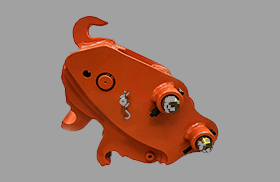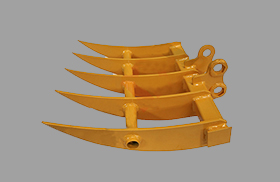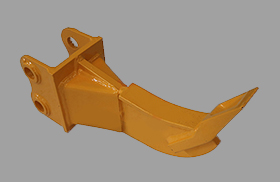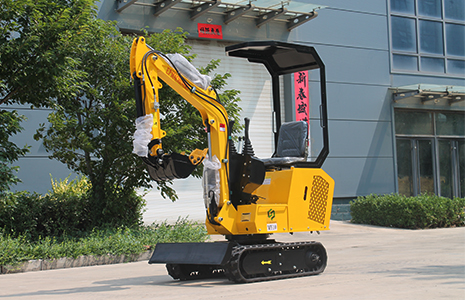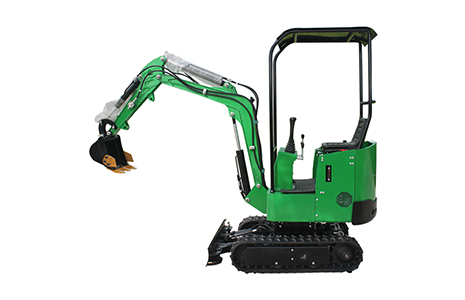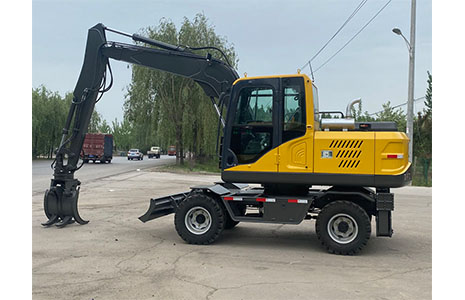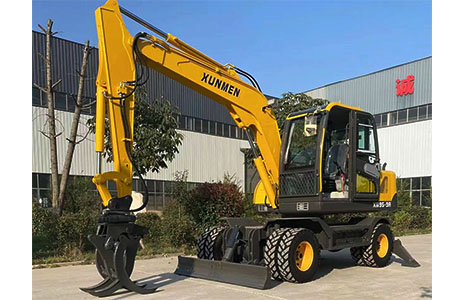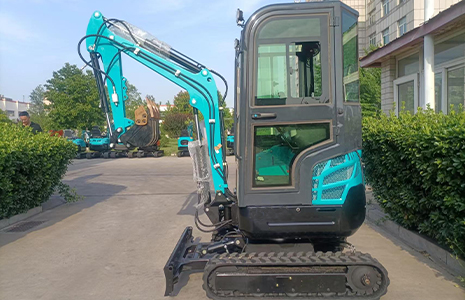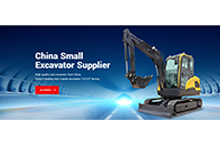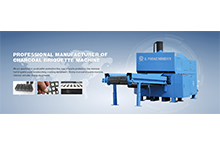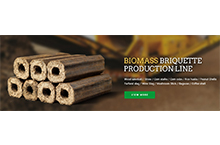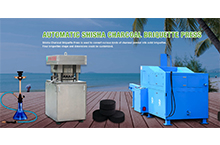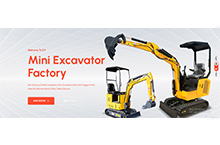Description
The 1.3 ton small digging has the following salient features:
Compact size: The compact body makes it easy to operate flexibly in narrow spaces such as alleys and indoor construction sites without being limited by space.
Strong mobility: able to move and turn quickly, adapting to various complex working environments. For example, it can be easily handled in crowded construction sites or situations where frequent changes of working positions are required.
Low fuel consumption: Fuel consumption is relatively small, reducing usage costs. This is an important advantage for long-term operations or projects with strict cost control.
Easy to operate: The operation interface is simple and clear, and the technical requirements for the operators are not high. Novices can get started with the operation after simple training.
Easy maintenance: Its structure is relatively simple, and parts are easy to replace and repair, reducing maintenance time and costs.
High cost performance: The price is usually relatively close to the people, and it can complete many small and medium-sized excavation tasks, with a high return on investment.
Specification
What is the engine performance of the 1.3 ton mini crawler excavator? Is the power strong and stable? Will it easily fail under high load?
What is the working pressure of the hydraulic system of this small excavator? How does the performance of the hydraulic system differ under different working conditions?
What is the width of its tracks? What effect does a narrower track have on passability and stability?
What are the key parts that need to be paid attention to when maintaining a 1.3 ton mini crawler excavator? How long is the maintenance period for these parts?
In terms of work efficiency, how many cubic meters of excavation can this small excavator complete per hour? What factors affect the actual operation?
How sensitive is the operating handle of the 1.3ton mini crawler excavator? Is it easy to accurately control the excavation action?
What is the emission standard of this small excavator? Does it meet the current environmental protection requirements?
Are the spare parts of the small excavator supplied in a timely manner? If an emergency replacement part is needed, can it be obtained in a short time?
How is the quality of small excavator accessories guaranteed? Is there a quality assurance period?
How big is the blind spot in the cab of a 1.3 ton mini crawler excavator? Is there any way to reduce the blind spot to improve safety?
How much does it cost to maintain a 1.3 ton mini crawler excavator? This includes daily maintenance and breakdown repairs.
What is the length of its crawler track? How does the crawler track length affect the driving stability and steering flexibility of the small excavator?
What is the bucket capacity of a 1.3 ton mini crawler excavator? Can different types of buckets be replaced and is the replacement convenient?

